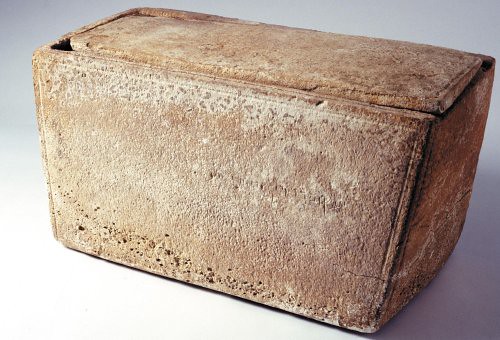Akhenaten: Dweller in Truth A Novel by Naguib Mahfouz, Anchor (April 4, 2000), 176 pages
by Naguib Mahfouz, Anchor (April 4, 2000), 176 pages


In 1989, M T Vasudevan Nair wrote an interesting movie named Uttaram (Answer). In the movie Mammotty played a journalist who is out to find the reason behind the suicide of his friend’s wife. He travels around, gleans various bits of information from acquaintances of the deceased, and reconstructs what happened.
In Akhenaten: Dweller in Truth A Novel (1985), Naguib Mahfouz follows a similar pattern of story telling where a young man, Meriamun, meets contemporaries of Akhenaten (1353 BC-1336 BCE) to find out the truth about the Pharaoh. Akhenaten, known as a heretic for espousing the worship of one god, was an aberration in polytheistic Egypt. While Egypt had a pantheon of gods with Amun being the supreme deity, Akhenaten believed that Aten, the disk of Sun, was the one and only God.
(1985), Naguib Mahfouz follows a similar pattern of story telling where a young man, Meriamun, meets contemporaries of Akhenaten (1353 BC-1336 BCE) to find out the truth about the Pharaoh. Akhenaten, known as a heretic for espousing the worship of one god, was an aberration in polytheistic Egypt. While Egypt had a pantheon of gods with Amun being the supreme deity, Akhenaten believed that Aten, the disk of Sun, was the one and only God.
Early in his reign he allowed other deities to continue, but soon execrated them, changed his name from Amenhotep IV to Akhenaten and moved the capital from Thebes to a new city named Akhetaten. During his time Egypt faced attacks from enemies and civil dissent and he faced both of them with same aggressiveness that Shivraj Patil shows while facing the Indian Mujahideen. He remained obstinate in his opinion that unconditional love was the panacea for all evils and his one and only God would take care of the enemies.
When Meriamun starts his investigation of the truth, Akhenaten had died, his queen Nefertiti was a prisoner in her palace, and the city the Pharaoh had built had been deserted.
When the scribe meets Tey, Nefertiti’s step-mother, she tells her version of events and warns him, “Do not believe anyone who says otherwise. You will hear conflicting accounts and every man will claim to have spoken the truth, but they all have their biases.” Thus, clouded by their biases every one — from the high priest of Amun to the Akhenaten’s body guard — tells Meriamun their version of events creating a contradictory image of the Pharaoh.
For the priests of Amun, Aten worship was a political ploy created by Tiye, Akhenaten’s mother to control their power. For people who were close to Akhenaten, like his teacher Ay or friend Bek, Akhenaten really had a divine experience. According to some others, it was Ay, his father-in-law, who brainwashed Akhenaten into the worship of Aten and came up with the idea of the One God.
The women had a different take. According to Tadukhipa, the Mittani princess who was married to Akhenaten’s father and was ignored by Akhenaten, not only did Akhenaten had an incestuous relationship with his mother Tiye, he was driven by shame and stigma to destroy himself and his country. According to Nefertiti’s step-sister Moutnemendjet, who too was ignored by Akhenaten, Nefertiti was a whore who married the heretic king with perverse sexuality.
In the movie Uttaram, the character played by Mammotty finds the truth behind his friend’s wife’s suicide, but we are in no luck here. Armed with all this information, it becomes the reader’s responsibility to average out the multiple histories and infer what must have happened. Was Akhenaten a stoic, 1300 years ahead of Zeno of Citium, or a mad man or someone who had a divine inspiration? We are not left a definite truth, but a set of individual experiences which for them were the truth.
This illustrates the trouble with relying only on literary sources for historical reconstruction. If major changes can be made, just over a period of few years, history can be altered radically over millenia. Without multiple attestation, it is hard to to say if a source is a polemic, apologia or neutral and hence no historian accepts written sources uncritically.
Akhenaten and his work is of importance in world history for he can be called the father of monotheistic intolerance. In a conversation with the High Priest of Amun, he declares that there is the One and Only God. When the priest brands it nonsense, the Pharaoh calls upon him to believe in him. This belief in the exclusivity of monotheistic God and condescension for other belief systems has resulted in much pain and suffering over the past 3000 years.


